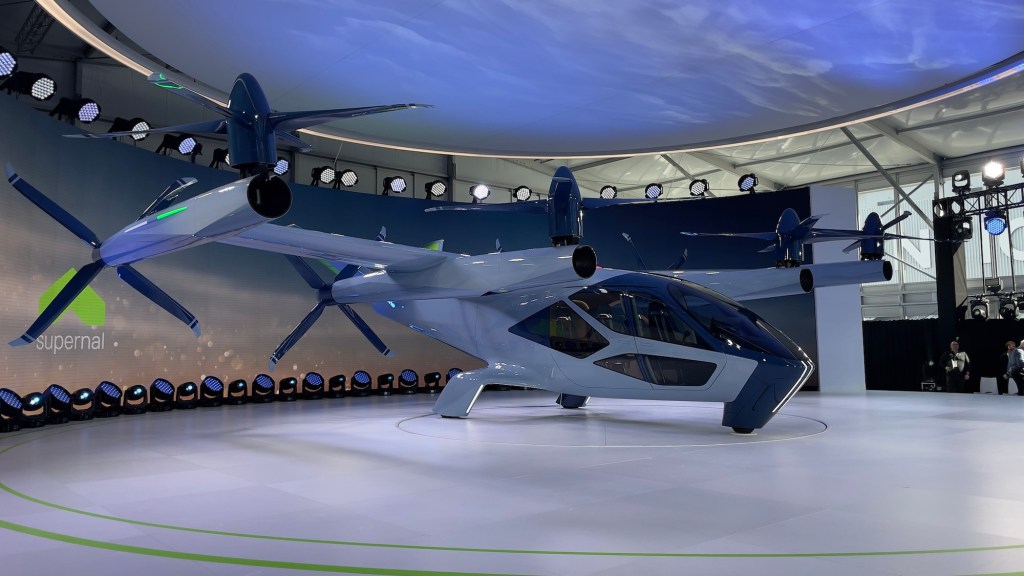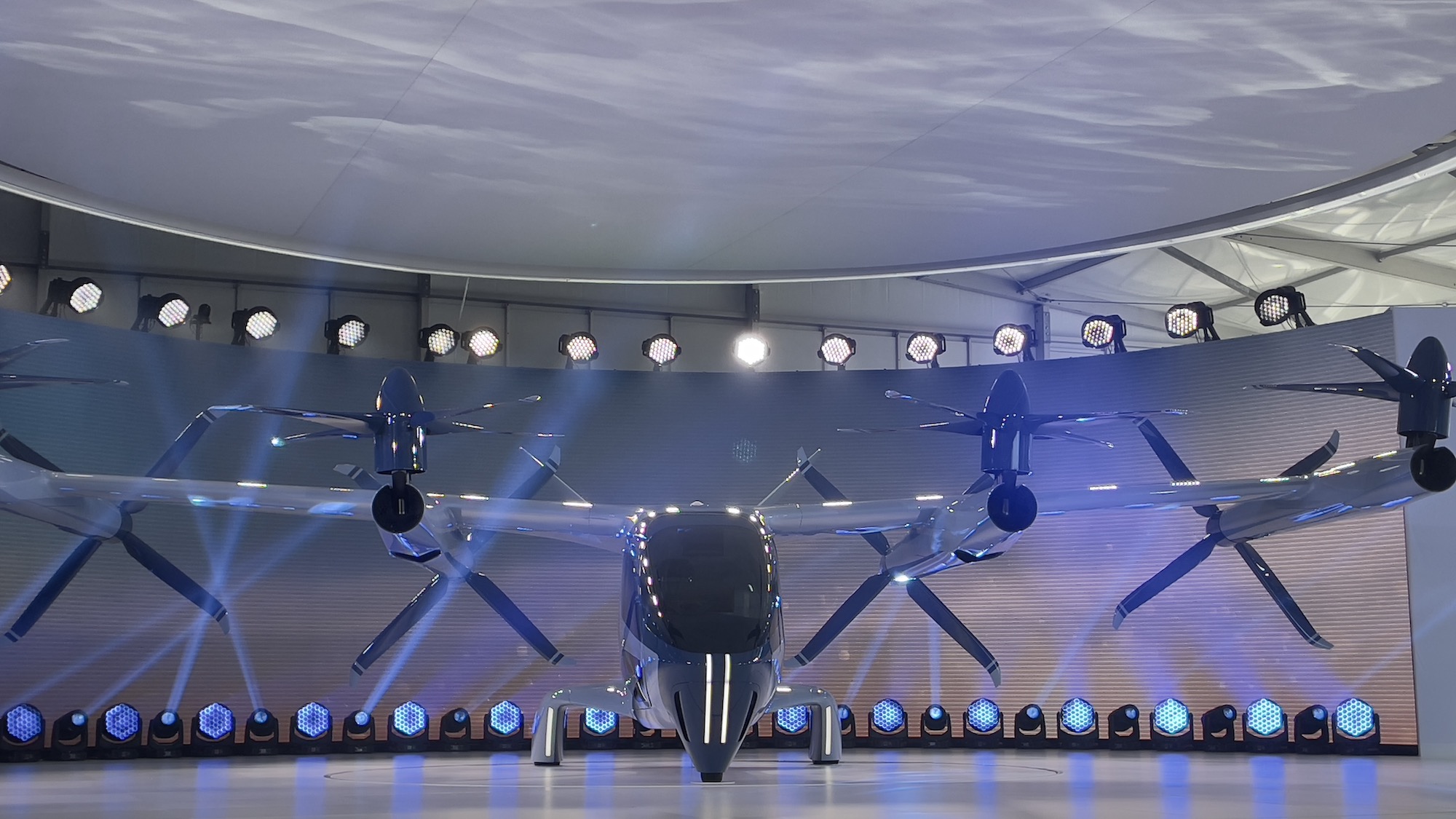
Archer Aviation and Southwest Airlines are teaming up to figure out what it will take to build out a network of electric air taxis at California airports. Southwest’s customer data is at the heart of it.
The two companies signed a memorandum of understanding Friday, which sets the foundation for Archer to tap Southwest’s customer base. It also gives Archer access to data about those customers which could inform decisions like where to build vertiports, or local eVTOL stations.
This is the second U.S.-based airline that Archer has partnered with after United Airlines, suggesting the eVTOL company aims to support regional routes.
Southwest operates at 14 airports across California, and Archer’s Midnight aircraft is designed to replace 60- to 90-minute urban commutes by car with air flight that takes only 10 to 20 minutes. One of the key use cases for eVTOL networks is to transport passengers to airports, trips that are often expensive and time-consuming due to traffic. Joby Aviation, Archer’s main competitor, has a similar deal with Delta Airlines.
“We’re thinking about things like commercial integration,” Nikhil Goel, Archer’s chief commercial officer, told TechCrunch. “So when you buy a Southwest ticket, you could add on your Archer before or after your flight when you book that ticket.”
Archer is toying with other ideas, including direct integration at airports in which Southwest and United operate.
“So for example, imagine if you’re going to SFO, you could land behind security right at Terminal 2 and go directly onto your Southwest flight instead of having to…sit through TSA,” said Goel, noting that Archer has been in talks with TSA to facilitate security screening at its vertiports. “Other benefits could be potentially preferred or discounted pricing if you’re an A-list flier. It could include earning Rapid Rewards points on Archer flights or vice versa.”
The agreement with Southwest comes as Archer has conducted two significant financial transactions within the last few weeks, suggesting a need for capital as it works toward a commercial launch in 2025. Archer elected last month to draw down the remaining $55 million available to it as part of a forward purchasing agreement penned with automaker Stellantis in 2023. As part of that deal, Stellantis agreed to help build out Archer’s manufacturing facility in Georgia, where Archer is producing the Midnight aircraft.
Archer is in the process of building six conforming aircraft (pre-production aircraft that are built to the exact standards of the production models) out of its small production facility in California, according to Goel. The company hopes to scale up production at the upcoming Georgia facility to produce about 650 aircraft a year, starting in the fourth-quarter of 2024.
Archer also recently offered warrants to purchase up to 57,050 shares of Class A common stock at $0.01 per share. The startup stated in its prospectus that it won’t receive any proceeds from the issuance of those warrants as they will be used to satisfy the payments of a service provider with an aggregate value of $300,000. This suggests that Archer is using the warrants as a non-cash method to settle obligations, allowing it to preserve cash while still compensating partners.
Goel said preserving cash is “not really the motivation,” though. Rather, he says getting Tier One suppliers to take stock as payment makes them financially aligned with Archer’s success.
Either way, Archer needs the cash now if it plans to stick to the schedule and launch an eVTOL air taxi service in 2025. The company had previously said it aims to launch in Miami and San Francisco in partnership with United Airlines and fixed-based operator Atlantic next year. Goel noted that Archer is also eyeing Los Angeles and New York, and has access to over 200 locations across the country per its deal with Atlantic and a more recent deal with private terminal operator Signature.
Aside from racing to build enough Midnight aircrafts to start commercial services, Archer still needs to go through the rounds of Federal Aviation Administration (FAA) certifications. In June, Archer received its Part 135 Air Carrier & Operator Certificate, which means it can start operating aircraft commercially to refine its systems and procedures in advance of launching Midnight. Archer still needs to get its Type Certification and Production Certification. The former verifies that the eVTOL’s design meets all regulatory safety standards, and the latter ensures that Archer’s production processes can reliably produce aircraft that conform to the approved design and are safe to operate.
Outside of the U.S., Archer recently announced a deal with Kakao Mobility, a South Korean ride-hailing company, to bring electric air taxi flights to the country in 2026. Archer also hopes to launch in India and Abu Dhabi that same year.





